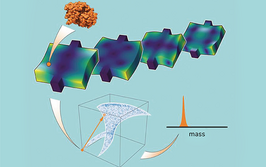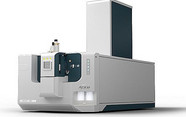Molecular weight determination of Gelatin

contributed by PSS |
Application Note Food Analysis
Introduction
Gelatin is a polypeptide produced from hydrolysis of collagens in skin and bones. It is obtained from acidic or from basic hydrolysis and contains poly amino acids. Gelatin is used in the food and beverages industries, in the pharmaceutical industry, as a stabilizer for tablets, and also for many other applications.
The isoelectric point of Gelatin produced by basic hydrolysis is between 4.7 and 5.2; the Gelatin produced by acidic hydrolysis has an isoelectrical point of 7.5 to 9.3. Gelatin produced by basic hydrolysis can be easily measured using standard conditions (see PSS Column Application notes 10271 and 10272). Gelatin with an isoelectric point between 7 and 9 must be measured using low pH values or at pH-values > 9 (not recommended) in order to achieve sufficient solubility. The following experimental conditions can be applied to Gelatins independent of their isoelectric point and the hydrolysis process.
Log in or register to read this article in full and gain access to The Analytical Scientist’s entire content archive. It’s FREE!

















